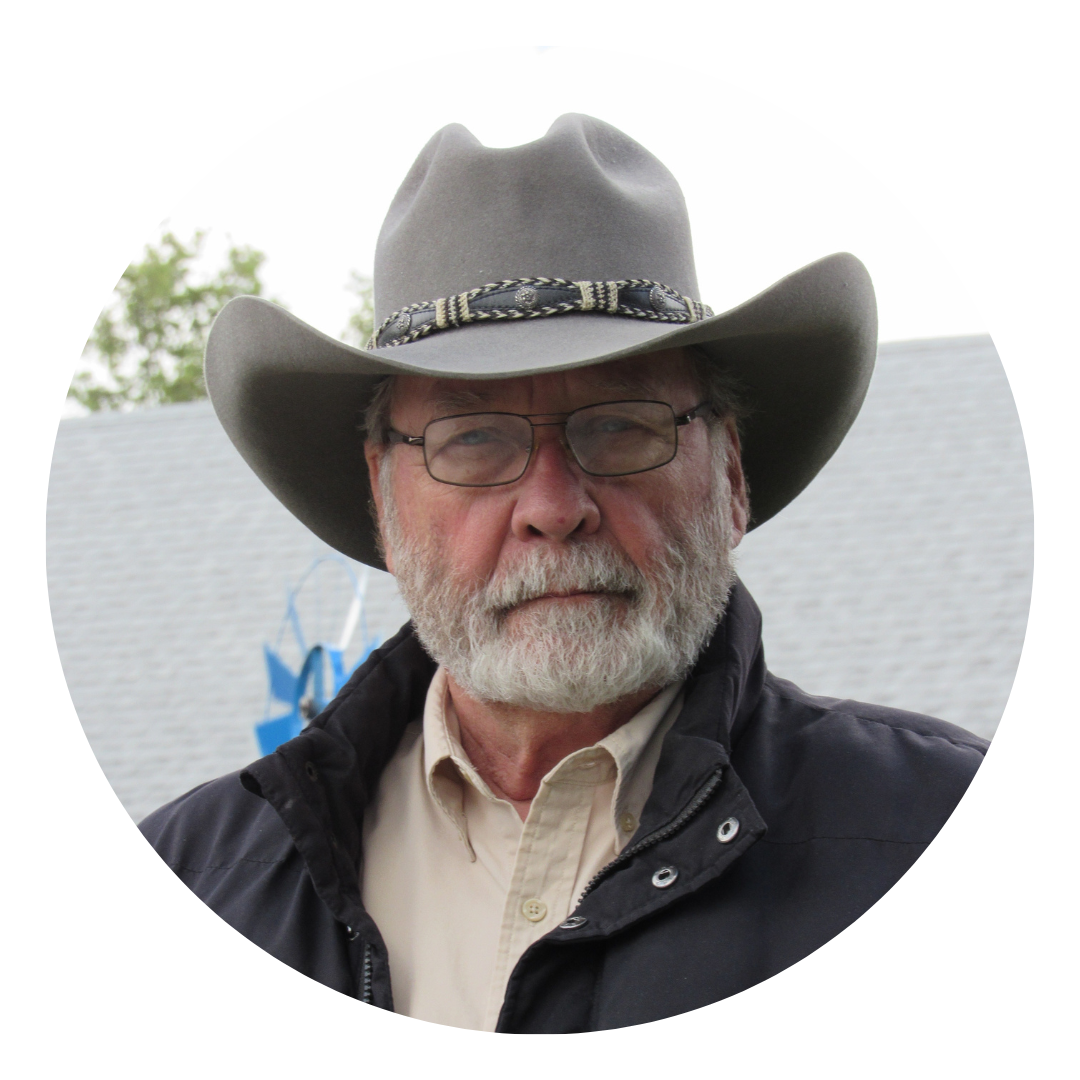 On Saturday, between viewing short movies at the Santa Fe Film Festival and meeting friends for dinner, I had several hours of free time. True to my nature, I ended up in downtown Santa Fe, looking in the windows of the shops and galleries around the Square and being inspired by the talented potters, painters, weavers, sculptors, jewelers, photographers and other craftspeople who display their works. Some people create incredible art! I went to the Collected Works bookstore and found two books that I could not resist. One is a storybook about two frogs for my granddaughter, and the other is Thunder and Lightning, Cracking Open the Writer’s Craft, by Natalie Goldberg. Natalie is a world-renowned writing teacher, as well as being the author of several well-known and successful writing books. She lives in Taos, about 90 minutes from my house, and travels around the country hosting writing seminars and classes. I finished her book this afternoon and am encouraged. Natalie is dedicated to dealing with the emotions experienced by writers and poets as we attempt to reproduce on paper what we see, hear, and feel in our minds. It’s all touchy-feely stuff, but I’m a touchy-feely guy, so I pay attention to her honest and witty guidance. She has great advice on the mechanics of writing fiction and nonfiction, and wants writers to be authentically centered so we can get over the cultural filters that inhibit our describing reality with clarity. I’ve read several of her books and this one is exceptional. Reading her books have made me a better writer. I have a growing interest in the Prisoner of War camps that were created and maintained in America during World War II. There were about 700 camps in 47 states that housed a half-million prisoners from different European countries, including Italy, Poland, France, and Germany from 1943 to 1946. A local historian has recently written a couple of articles for the Los Alamos newspapers about POW camps in New Mexico and it’s made me want to know more. It’s fascinating to hear the stories. I mention the camps in my upcoming book, but know little about them. Once I get a break from more prioritized reading, I’ll order a few books from Amazon and see what I can learn. While surfing Amazon this week, I found a book describing the Allied need for combatting German submarines in the early years of WWII. It tells the story of a British officer and his team of 12 WRENs (the British Navy equivalent to our WACs), and their development of a “submarine game” to model the movement of U-Boats in the North Atlantic. The “gameboard” was the floor of a high school gymnasium where they set up a grid, drew in the countries that border the sea, and then moved “game pieces” around the floor that mapped the encounters of U-Boats with Allied ships. Using decrypted ENIGMA machine messages between the submarines and the German command, the team mimicked the movements, proposed and tested the strategies involved, and learned how to predict their behaviors. The game became successful and allowed the Allies to defend themselves against the U-Boats. Devising a physical game to discover such important stuff sounded fascinating, so it’s now on my reading list. This week, hopefully, I’ll also begin laying out the structure for my next novel. I know how it begins and ends, but haven’t the foggiest about what happens in between. Situation normal.
2 Comments
Bill Willmon
2/18/2020 06:05:54 pm
There was a prison camp at Hereford, Texas. They kept about 5000 Italian prisoners there. Interesting info online
Reply
2/18/2020 06:33:36 pm
I didn't know that Hereford was the second largest POW camp in the US. Fascinating stuff.
Reply
Leave a Reply. |
AuthorDon Willerton has been a reader all his life and yearns to write words like the authors he has read. He's working hard at it and invites others to share their experiences. |

 RSS Feed
RSS Feed